Product details
Mosasaurus skull with teeth, Custom iron stand
Mosasaurus a diverse group of marine reptiles that lived during the Late Cretaceous period, approximately 70 to 66 million years ago. They were not dinosaurs, but rather belonged to a group of reptiles called squamates, which includes lizards and snakes. Mosasaurs were highly adapted to a fully aquatic lifestyle and were apex predators of the seas, occupying a similar ecological niche to modern-day dolphins or orcas. They were distributed globally and displayed a remarkable array of sizes, shapes, and adaptations.
The name “Mosasaur” is derived from the River Meuse in the Netherlands, where the first fossils of these creatures were discovered in the late 18th century. These reptiles were initially classified as giant marine lizards, but subsequent research has revealed their closer relationship to snakes and monitor lizards.
Mosasaurs were characterized by their streamlined bodies, long jaws equipped with sharp teeth, powerful tails for propulsion, and paddle-like limbs that aided in steering. Some species reached lengths of up to 50 feet (15 meters) or more, making them among the largest marine predators of their time. Their large size and fearsome appearance likely allowed them to dominate the Late Cretaceous oceans and hunt a variety of prey, including fish, smaller marine reptiles, and even other mosasaurs.
Another notable genus is Tylosaurus, which inhabited the Western Interior Seaway of North America. Tylosaurus was one of the largest mosasaurs, with some individuals estimated to have reached lengths of over 45 feet (14 meters). Its long, streamlined body and powerful jaws suggest it was an efficient predator capable of hunting a wide range of prey.

In addition to North America, Europe, and Africa, mosasaurs have been discovered on nearly every continent, including South America, Asia, Australia, and Antarctica. This global distribution indicates that mosasaurs were highly successful and adaptable predators, capable of thriving in a variety of marine environments.
Their global distribution, diverse adaptations, and impressive size make them fascinating subjects of study for paleontologists seeking to understand the evolution and ecology of ancient marine ecosystems. As researchers continue to uncover new fossils and analyze existing evidence, our understanding of mosasaurs and their place in the history of life on Earth will undoubtedly continue to evolve.
Tylosaurus, a genus of mosasaur, was a formidable apex predator that inhabited the Western Interior Seaway during the Late Cretaceous period, approximately 70 to 66 million years ago. Fossils of Tylosaurus have been found in various locations, including Kansas, where they provide valuable insights into the biology and ecology of these ancient marine reptiles.
In Kansas, Tylosaurus fossils have been discovered in sedimentary rock formations dating to the late Cretaceous period. The state was part of the Western Interior Seaway, a vast body of water that split North America into two landmasses during this time. This seaway provided a diverse marine environment rich in prey, making it an ideal habitat for large predators like Tylosaurus.
Tylosaurus was among the largest mosasaurs, with some individuals reaching lengths of over 45 feet (14 meters). It had a long, streamlined body, paddle-like limbs, and a powerful tail that propelled it through the water with impressive speed and agility. Its jaws were lined with rows of sharp teeth, indicating a carnivorous diet that likely included fish, marine reptiles, and even other mosasaurs.

The discovery of Tylosaurus fossils in Kansas has led to a better understanding of mosasaur biology, behavior, and evolution. Paleontologists have studied these fossils to reconstruct the anatomy of Tylosaurus and its relatives, shedding light on their adaptations to a fully aquatic lifestyle and their role as apex predators in ancient marine ecosystems.
Furthermore, the presence of Tylosaurus fossils in Kansas underscores the importance of the state in paleontological research. Kansas’s rich fossil record offers a glimpse into the diverse life forms that inhabited the Western Interior Seaway millions of years ago, including mosasaurs like Tylosaurus. Through ongoing excavation and study, scientists continue to uncover new insights into the history of life on Earth and the ancient oceans that once covered vast portions of North America.
Prehistoric 101 (Learn about fossils, minerals, and meteorites)
Mosasaurus: The First Marine Super Preda



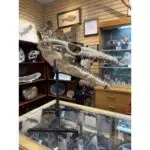

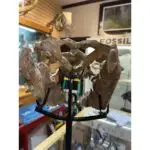
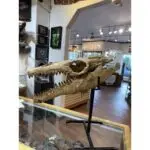
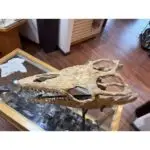
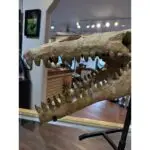
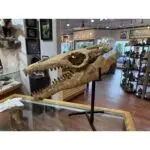
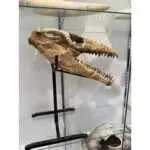
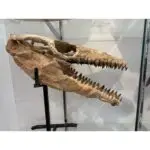

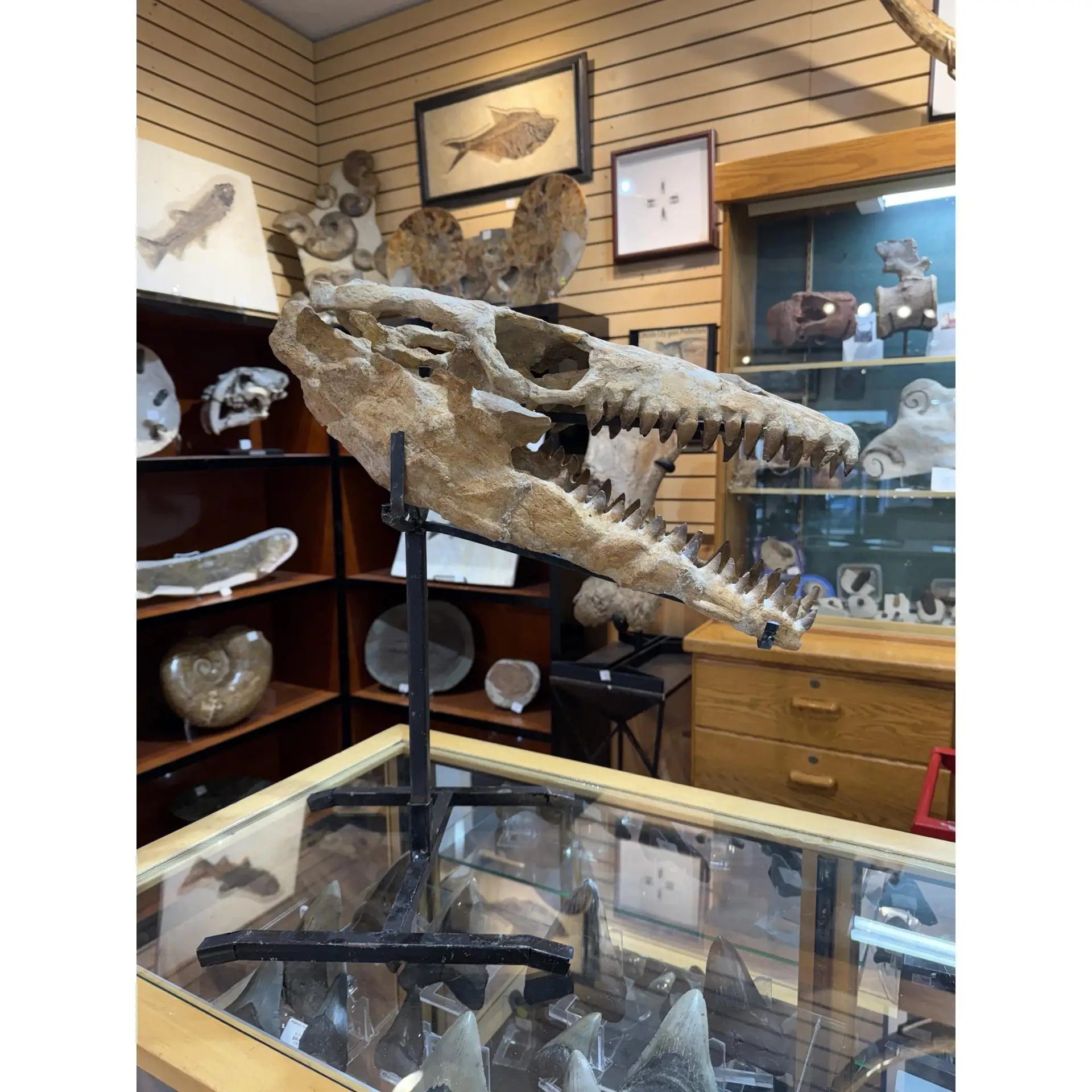

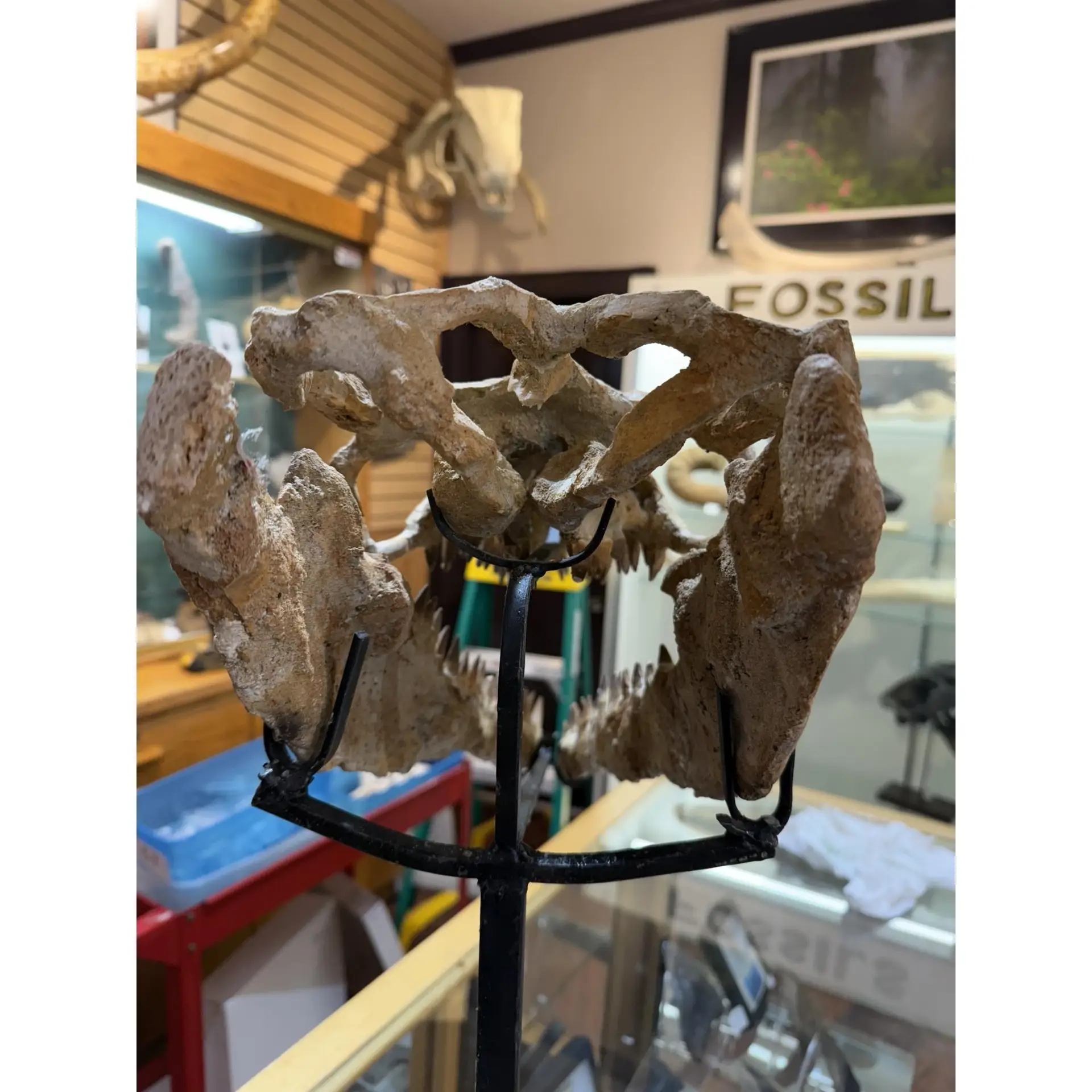
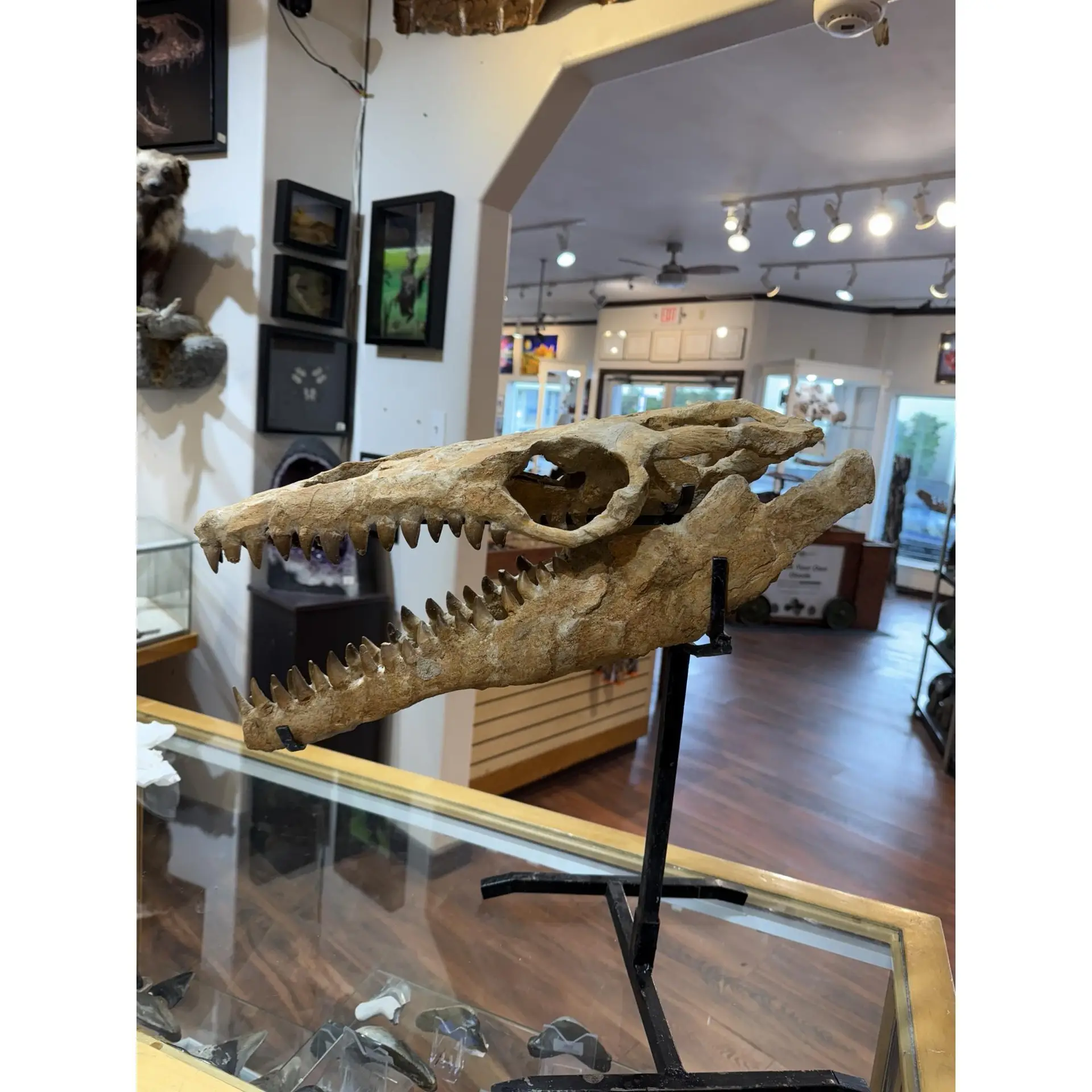
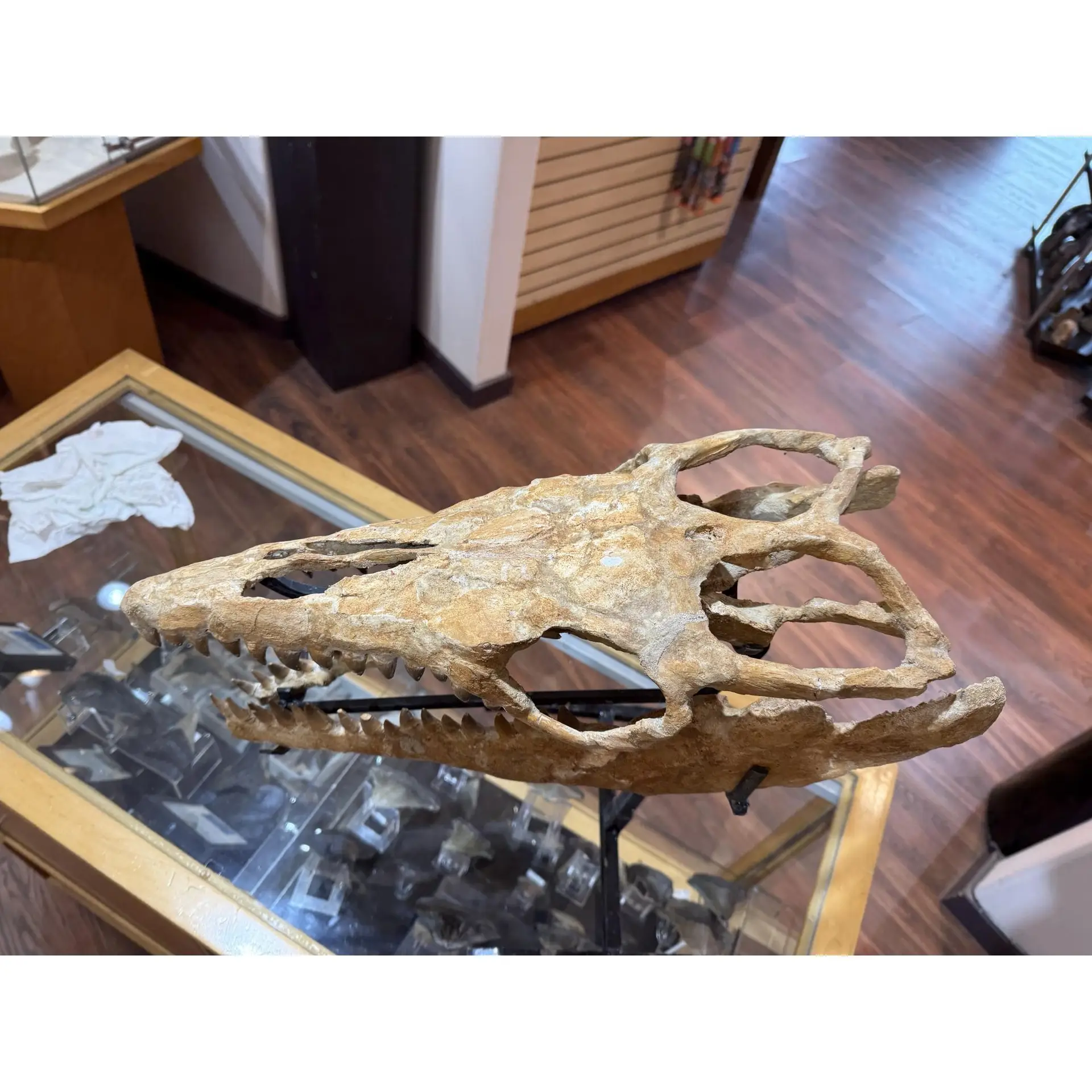
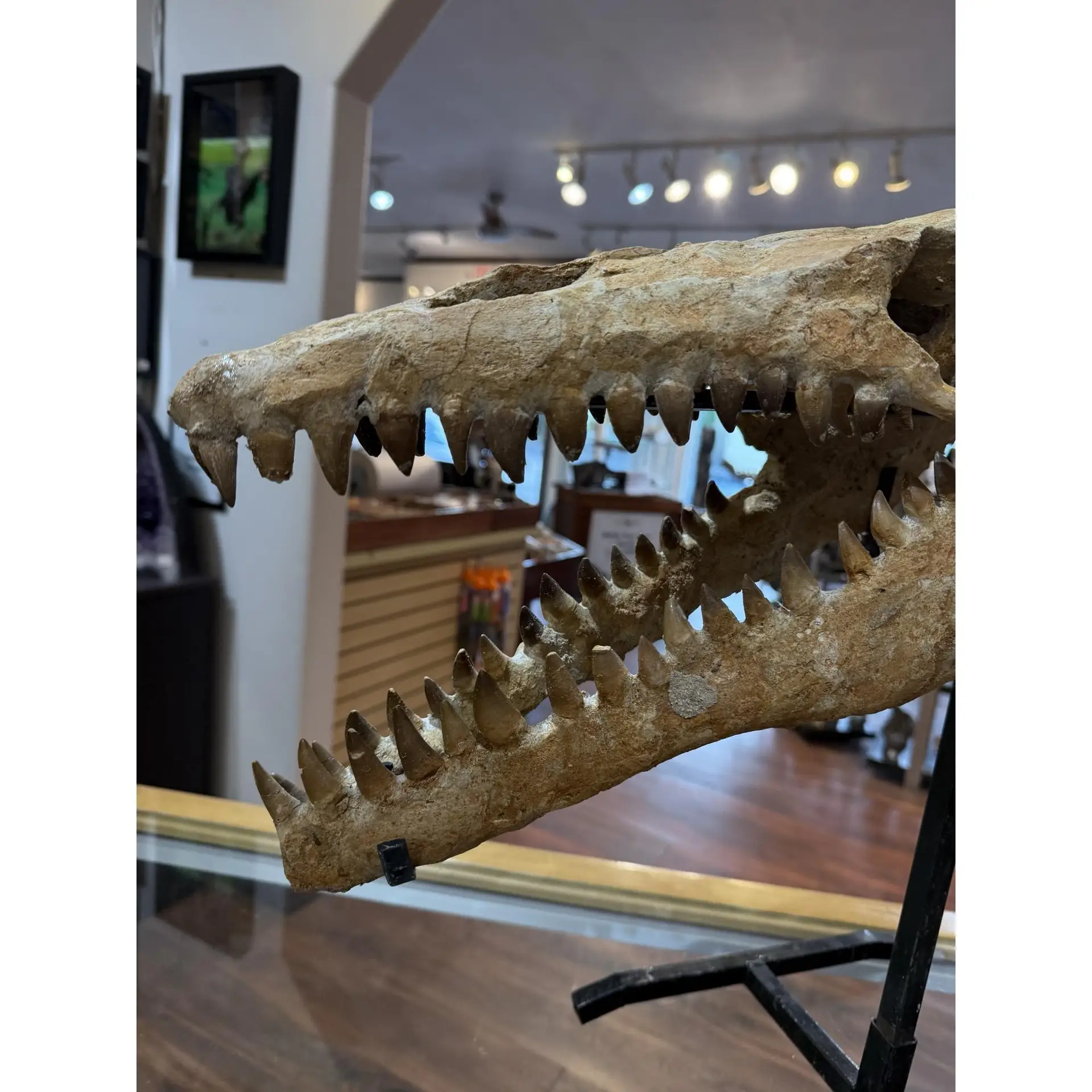
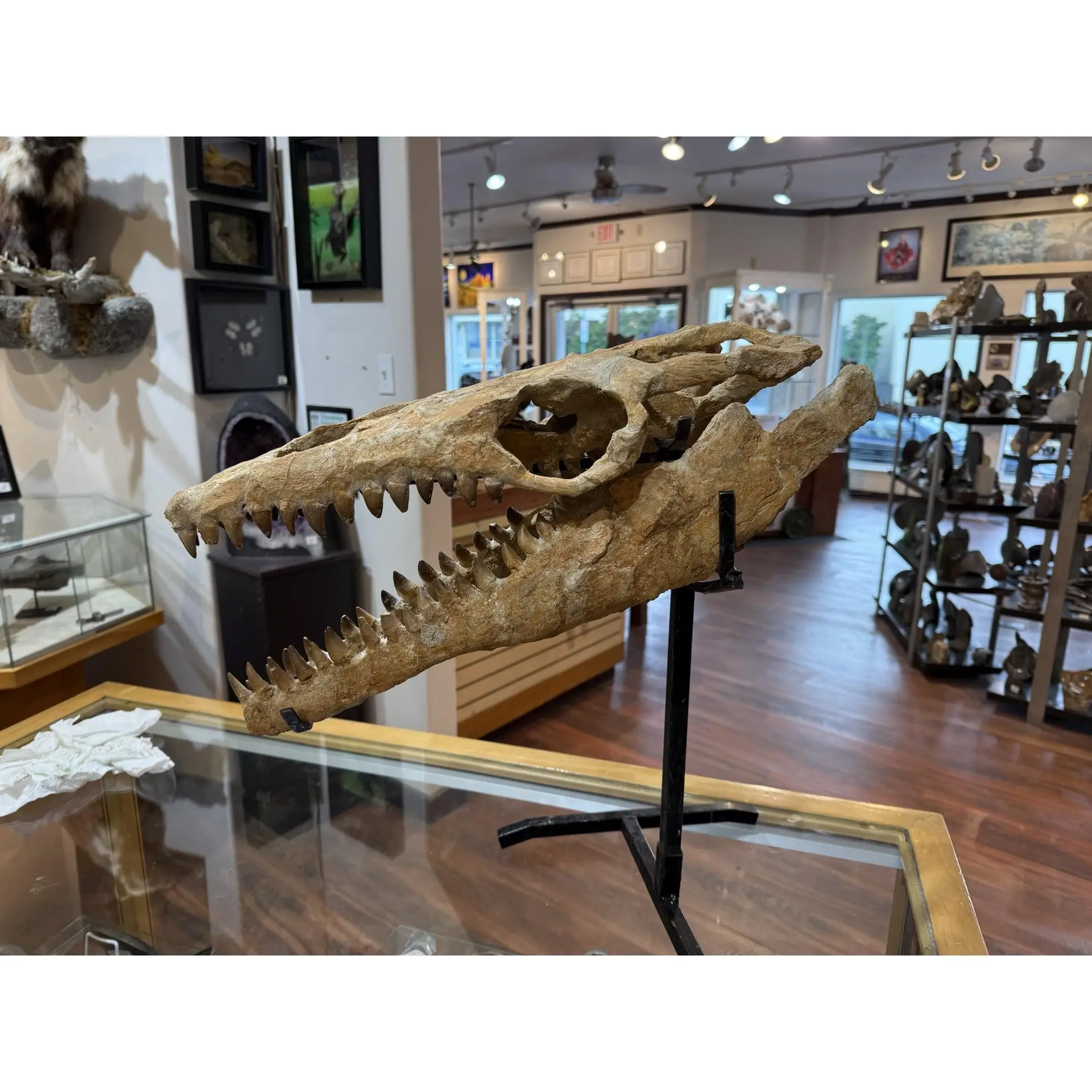
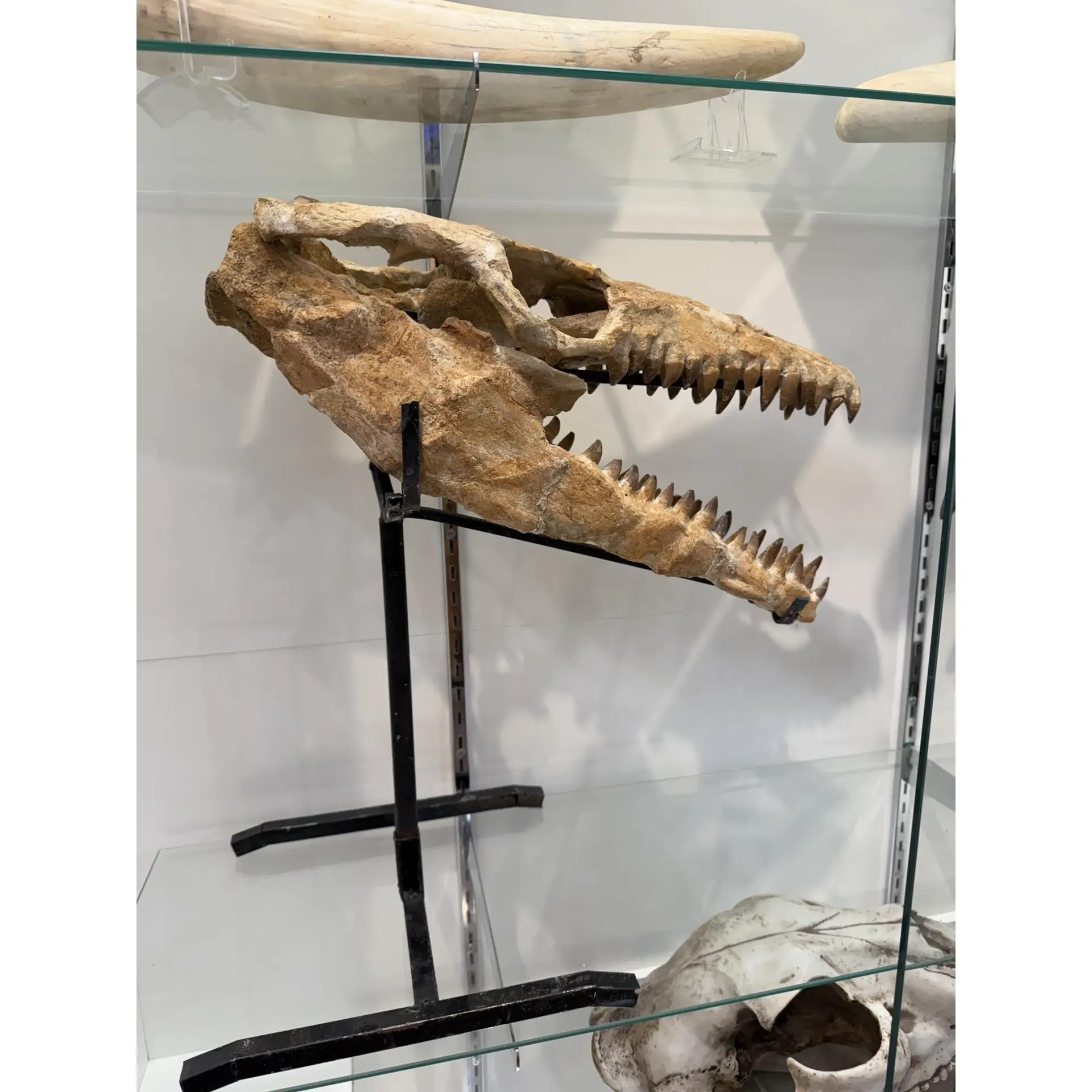
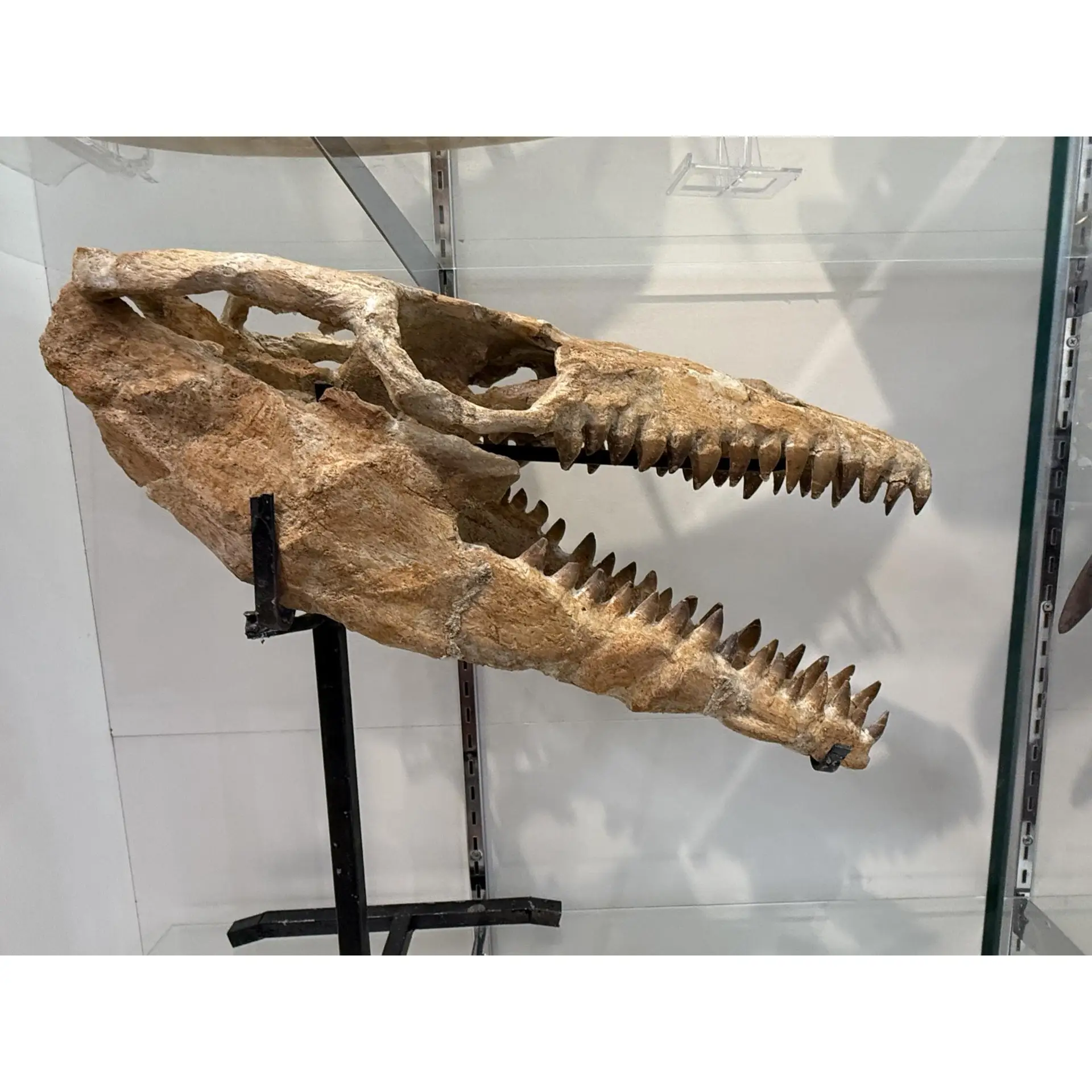

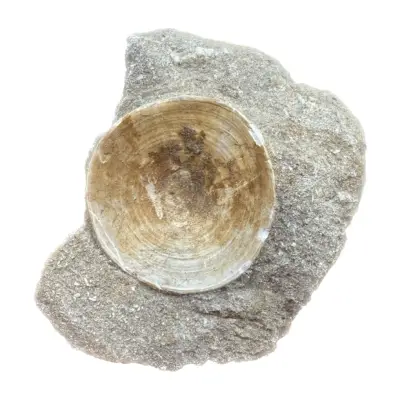
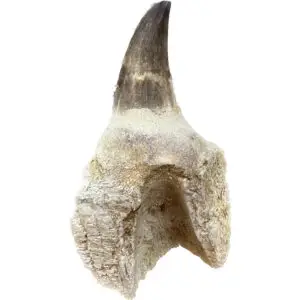
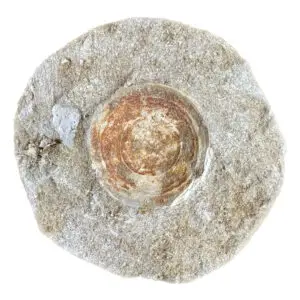
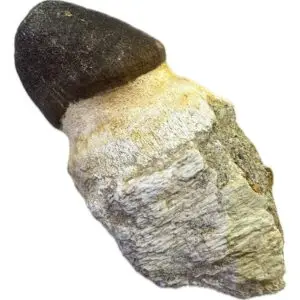

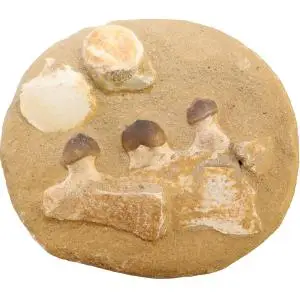

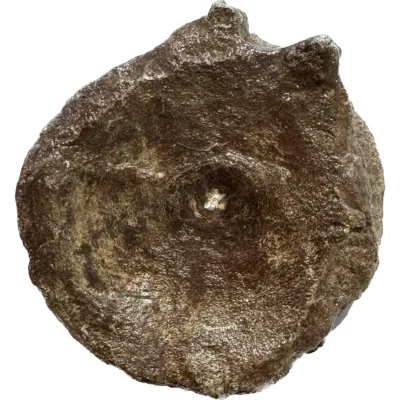
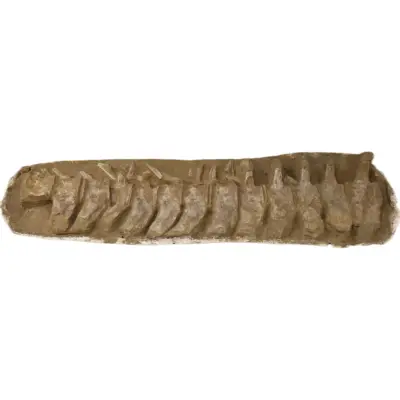
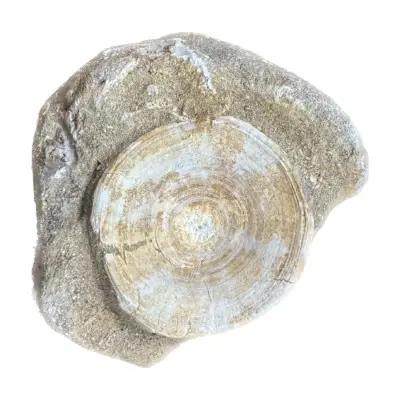
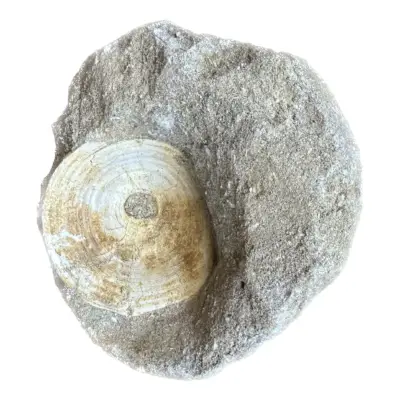
There are no reviews yet.